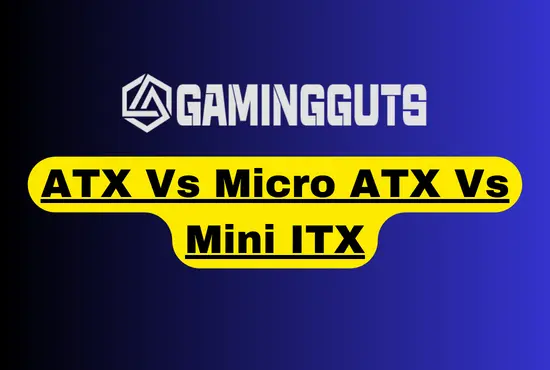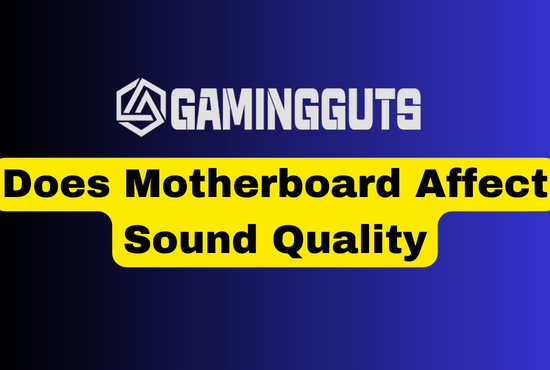Building or upgrading a desktop PC soon? Planning to test out a new motherboard but don’t have the CPU yet? Or maybe you’re troubleshooting an older system and want to isolate potential issues before replacing expensive components? If so, you probably have one key question: can a motherboard power on without a CPU installed?
In this hands-on guide, I’ll draw on my many years of experience building, diagnosing, and repairing personal computers to give you a definitive answer. I’ll share when it is (and isn’t) possible to startup a motherboard sans processor based on extensive trial and error.
You’ll learn how to preliminary test motherboard functionality without a CPU using limited indicators. I’ll also provide steps to isolate and troubleshoot potential power issues before assuming your board is bad.
In this comprehensive guide, we will answer this question in detail and provide steps to test your motherboard without a CPU fully. We will also look at related topics like updating the BIOS, resolving compatibility issues, troubleshooting power problems, etc.
Can A PC Motherboard Turn On Without A CPU
The short answer is no. A PC motherboard can’t turn on without a CPU installed in the CPU socket. Some motherboards may power on momentarily and spin fans when there is no CPU, but they will shut off immediately since no CPU is detected.
The system will never reach the point of loading an operating system without the CPU. The CPU and motherboard work closely together during the complex PC boot-up process. The motherboard relies on the CPU at the system’s core to receive power and operate.
The CPU contains the instruction set needed to execute the BIOS code and start booting the rest of the PC. If there is no CPU, the BIOS has no instructions to process, so the boot sequence cannot begin.
While you cannot boot up or enter BIOS mode without a CPU, it is possible to power on the motherboard and test basic functionality using beep codes or LED indicators. This allows you to verify the board is not completely dead before installing the CPU.
When you attempt to turn on a motherboard without a CPU installed, the motherboard will likely produce beep error codes from the internal speaker or light-up debug LEDs to indicate the missing CPU error.
Some motherboards may briefly start the fans before quickly shutting back down due to the lack of a CPU. You won’t see anything displayed on the monitor since the integrated graphics requires the CPU to function.
While other components may receive standby power briefly, the motherboard ultimately cannot fully power on or function properly without having a supported CPU installed in the socket.
Now let’s look at this in more detail.
Why a CPU is Essential to Turn On a Computer
The CPU is essentially the brain of your computer. It is responsible for executing instructions and processing information. Without a working CPU, the computer cannot start, run programs or accept input.
Some key reasons a CPU is required for POST and booting up include:
- Initializes system components – The CPU communicates with the BIOS to begin the Power On Self Test (POST). This checks memory, and devices, initialize components, and ensures all hardware is operational.
- Runs BIOS instructions – The complex BIOS boot process and startup sequences will not run without a CPU to execute the instructions. The BIOS relies on the CPU.
- Processes user input – Any input via keyboard, mouse, or other device relies on the CPU to accept and process the signals. No input can be recognized without a functioning CPU.
- Manages operation – Once booted up, the OS and all software depend on the CPU to respond to requests, render interfaces, run programs and carry out tasks.
Without the CPU, the motherboard cannot understand or react to any signals or input provided to it. It cannot initiate the boot process or accept commands without a CPU.
Limited Testing Without a CPU
While a motherboard cannot fully turn on or boot up without a CPU installed, you can do some limited testing by connecting the power supply and looking for indicator lights or beep codes.
Here are a few things that may work without a CPU:
- Power supply fan spins – Connecting the 24-pin ATX and 8-pin EPS power cables will cause the PSU fan to spin up. This verifies basic power delivery.
- LED error indicators – Some motherboards have debug LEDs indicating CPU, DRAM, VGA, or boot device issues. No CPU may light up the CPU LED.
- POST beep codes – Onboards speakers can provide beep codes signaling a missing or faulty CPU that prevent posting. One long 3 short beeps often indicate no CPU.
- BIOS updates – Some boards have flashback features allowing updates without a CPU. However, this is not possible on most standard boards.
So, in summary, while very limited testing is possible, you cannot verify full functionality or POST without having the CPU installed in the motherboard socket. The CPU must be seated properly to proceed beyond basic power status indicators.
Final Thoughts
In summary, a PC motherboard cannot successfully power on or boot up without having a compatible CPU properly installed in the socket. While limited troubleshooting and testing can be done without a CPU, full functionality requires having the CPU seated and powered on.
When dealing with a motherboard showing no signs of power, methodically check connections, cables, CMOS battery, and PSU before assuming the board itself is bad. Debug codes, indicator lights, and beep patterns may provide clues to CPU incompatibility or failure.

About Author
I’m Zeshan, a passionate PC builder and gamer with a vision to empower fellow gaming enthusiasts with the best gaming gadgets available in the market. With over seven years of hands-on experience in the gaming industry, I’ve dedicated my life to exploring, testing, and reviewing cutting-edge gaming gear that takes your gaming experience to the next level.



![How Many SATA Ports Do I Have? [Complete 2024 Guide]](https://gamingguts.com/wp-content/uploads/2023/09/How-Many-SATA-Ports-Do-I-Have.png)


